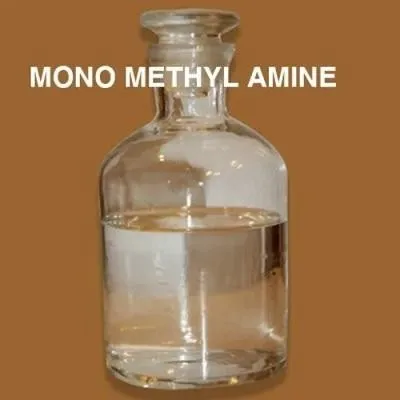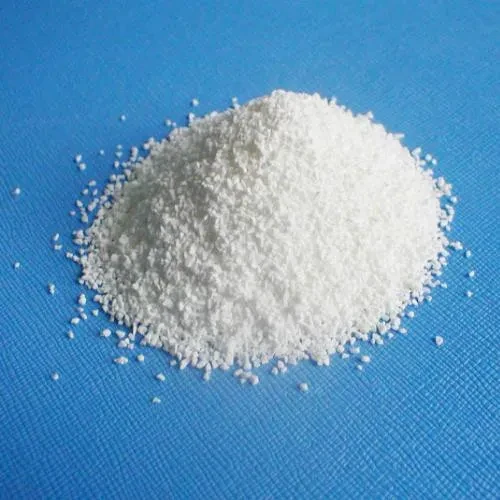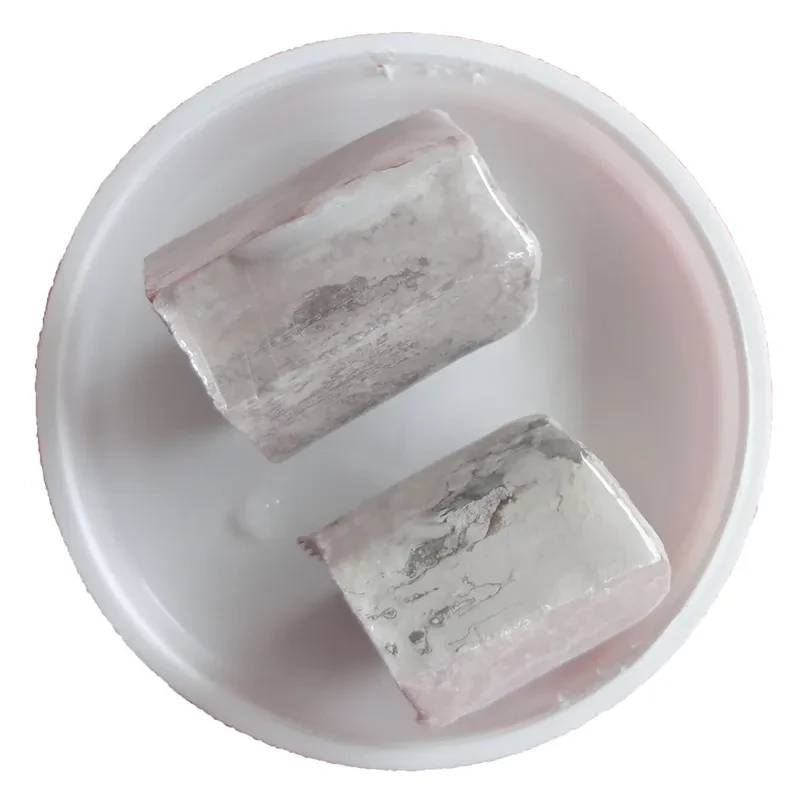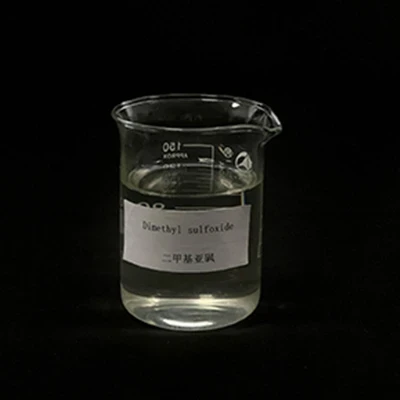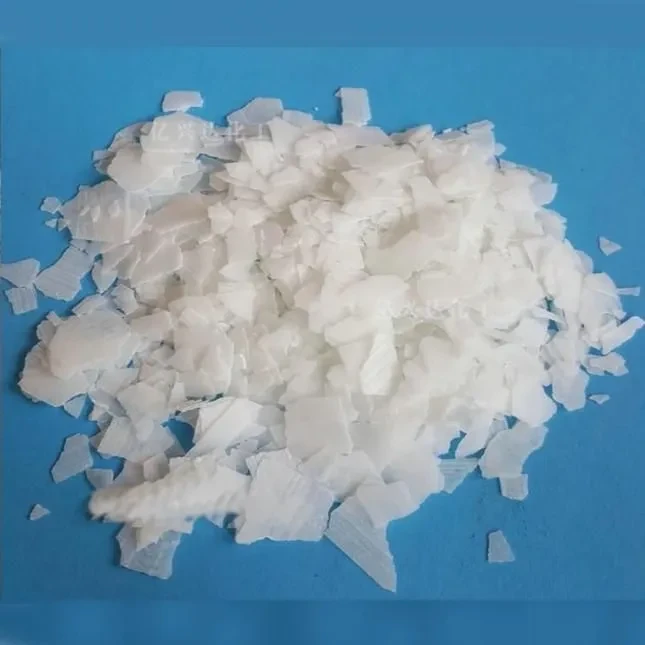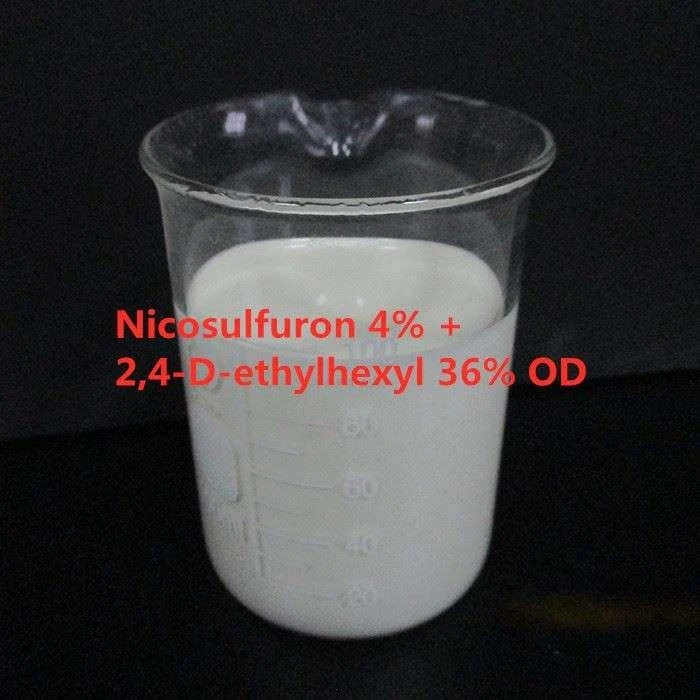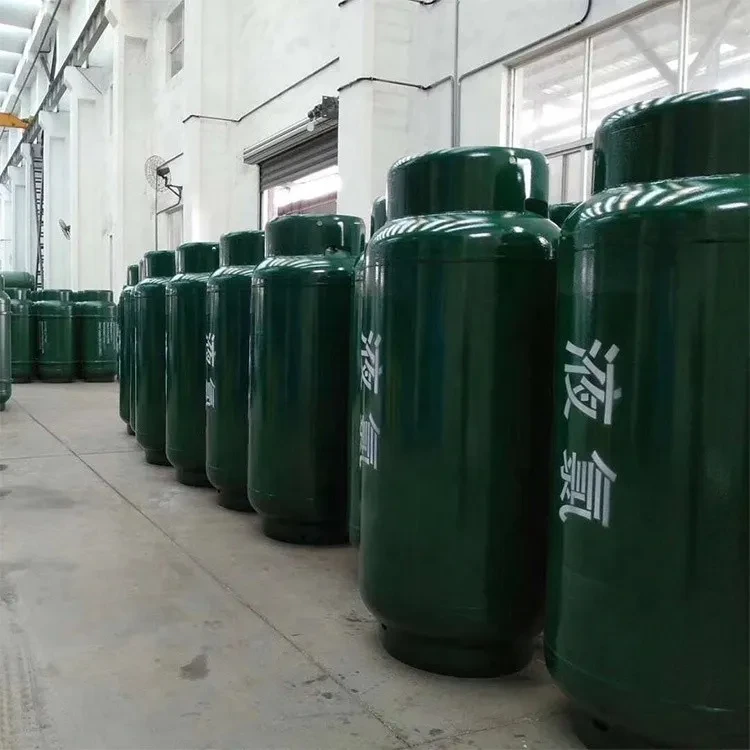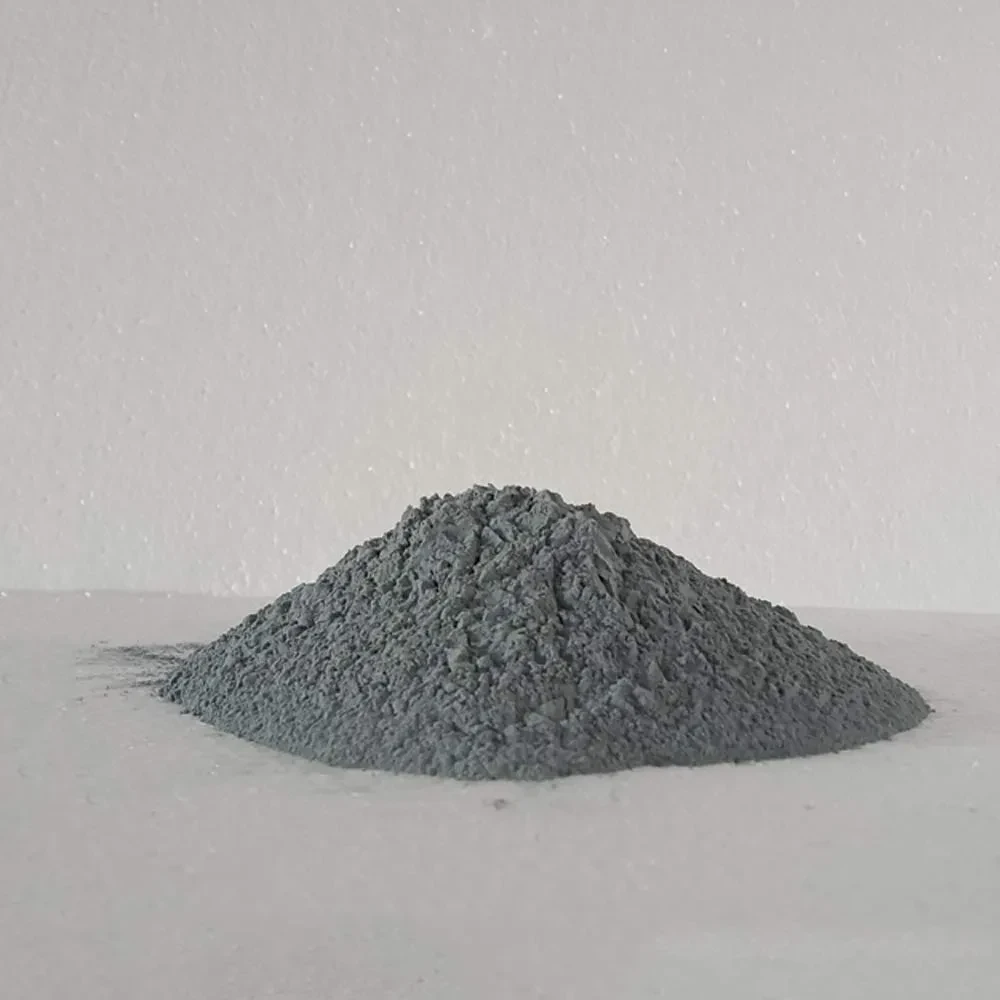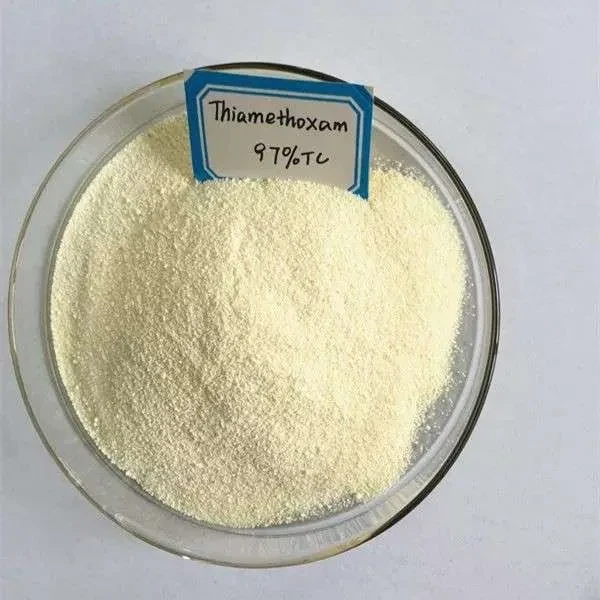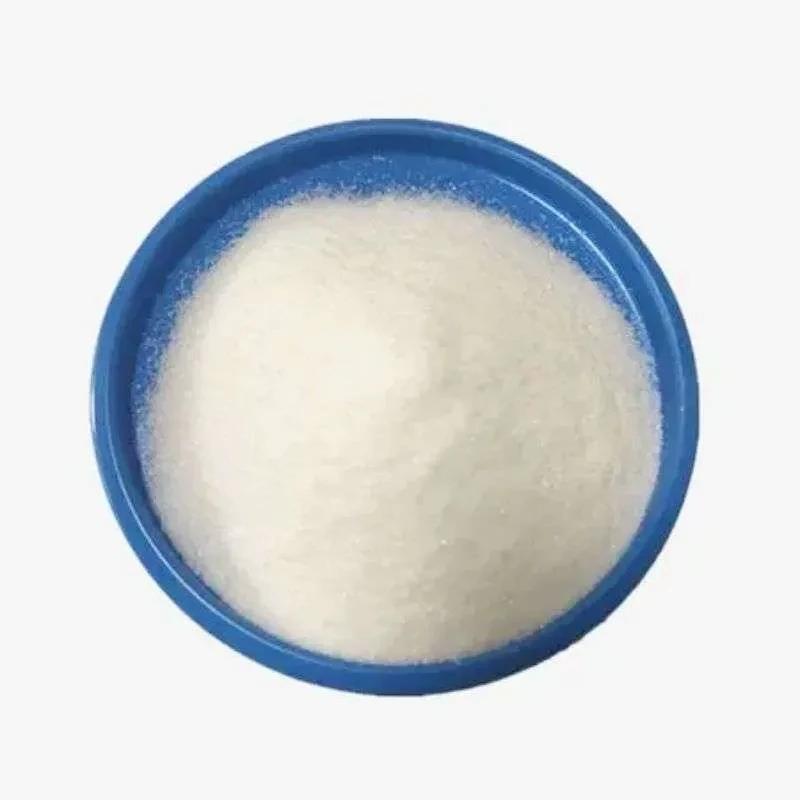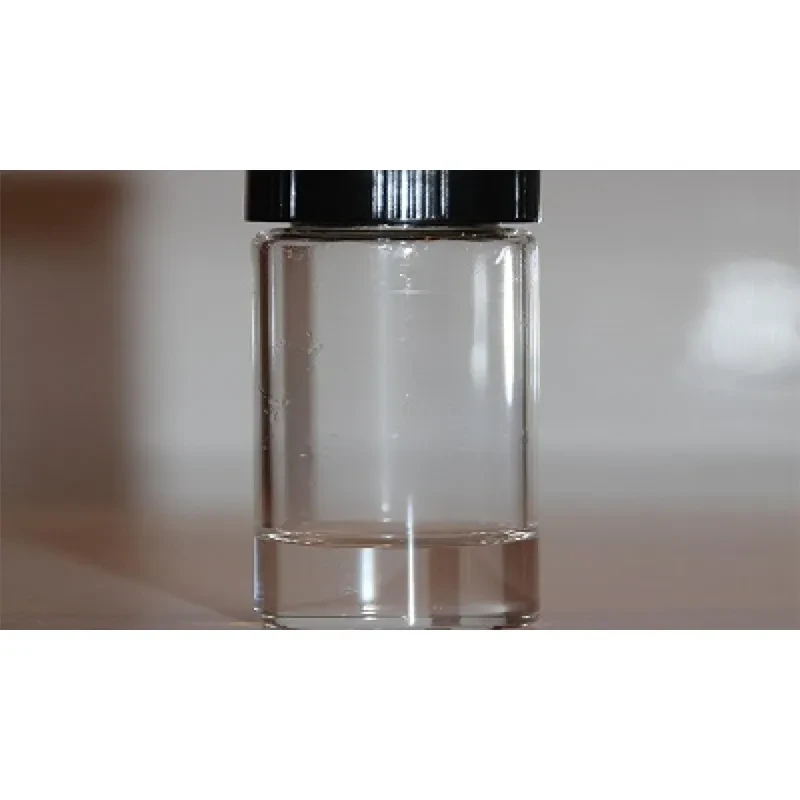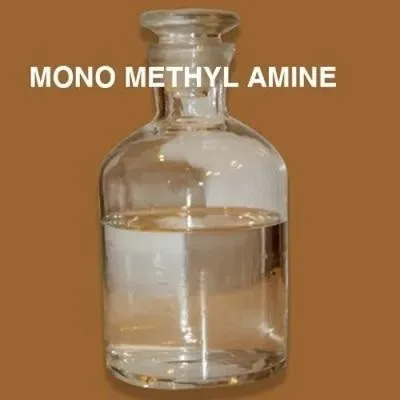CAS No.: 74-89-5
Molecular Formula: CH5N
Molecular Weight: 31.06
|
Melting point |
-93 °C(lit.) |
|
Boiling point |
-6.3 °C(lit.) |
|
Density |
0.785 g/mL at 25 °C |
|
vapor density |
1.08 (20 °C, vs air) |
|
vapor pressure |
27 psi ( 20 °C) |
|
refractive index |
n20/D 1.371 |
|
Flash point |
61 °F |
|
storage temp. |
Store below +30°C. |
|
solubility |
highly soluble in water (108g/100g) at 25°C; soluble in alcohol and miscible with ether; HCl salt is soluble in water and absolute alcohol; compound is insoluble in chloroform, acetone, ether, and ethyl acetate |
|
pka |
10.63(at 25℃) |
|
form |
Gas |
|
Specific Gravity |
0.901 (20℃/4℃) (40% Soln.) |
|
PH |
14 (H2O, 20°C) |
|
explosive limit |
4.9-20.8% |
|
Odor Threshold |
0.035ppm |
|
Water Solubility |
Miscible with water, ethanol, benzene, acetone and ether. |
|
Stability |
Stable. Highly flammable. Note wide explosion limits. Incompatible with oxidizing agents, acids, alkalies, alkaline earth metals, copper and its alloys, zinc and its alloys. |
|
Symbol(GHS) |
|
|
Signal word |
Danger |
|
Hazard Codes |
F+,Xn,C,F,T |
|
RIDADR |
UN 3286 3/PG 2 |
|
HazardClass |
3 |
|
PackingGroup |
II |
|
HS Code |
29211100 |
Methylamine can be used to make pesticides, pharmaceuticals, rubber vulcanization accelerator, dyes, explosives, leather, petroleum, surfactants, and ion exchange resin, paint strippers, and coatings as well as additives. It is an important raw material for the manufacturing of pesticide dimethoate, carbaryl, and chlordimeform.
Methylamine is an important kind of fatty amines organic chemicals and is used in a variety of industries such as manufacture of dyestuffs, treatment of cellulose, acetate rayon, as fuel additive, rocket propellant, and leather tanning processes. It can be used in the synthesis of the N-methyl-chloroacetamide that is the intermediate of the organic phosphorus insecticide dimethoate and omethoate; synthesis of the intermediate of the monocrotophos, α-chloro acetoacetyl methylamine; synthesis of the intermediates of carbamate pesticide, carbamoyl chloride and methyl isocyanate; as well as the synthesis of other pesticides varieties such as formamidine, amitraz, and tribenuron, etc. In addition, it can also be used in medicine, rubber, dyes, leather industry and photosensitive materials.



